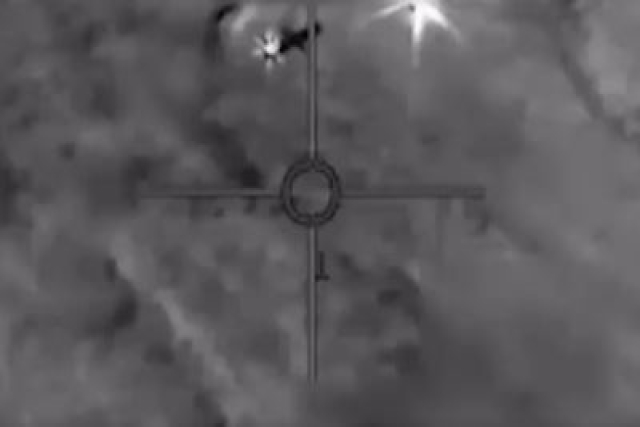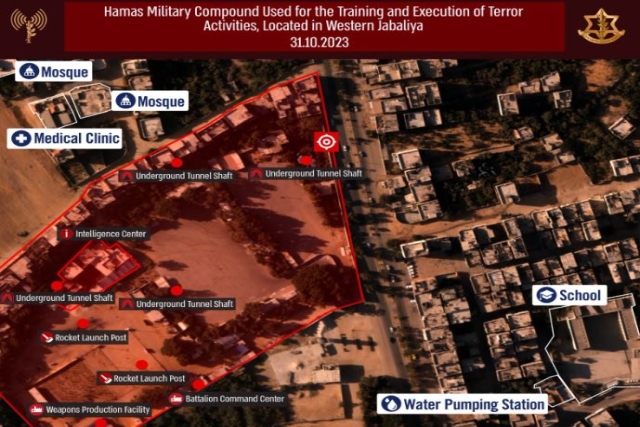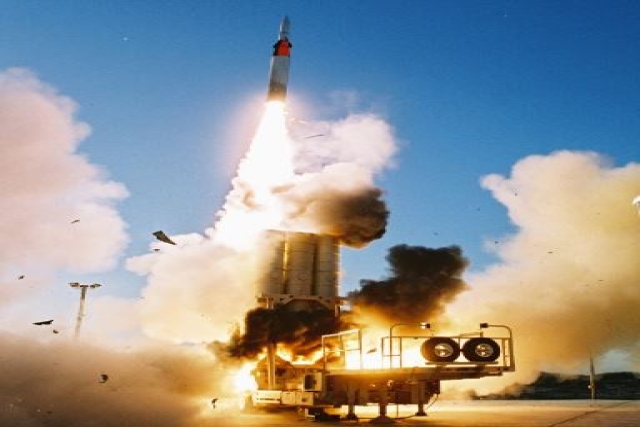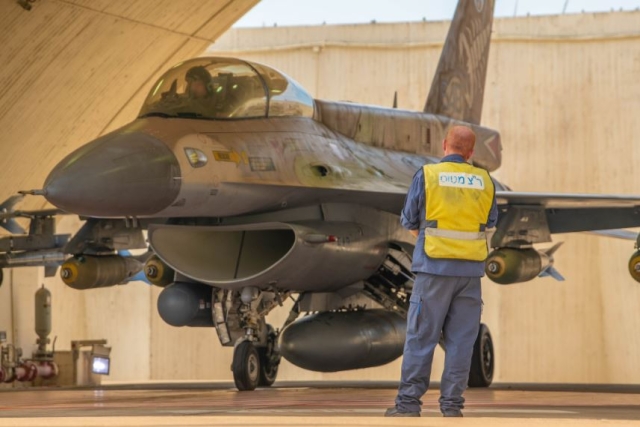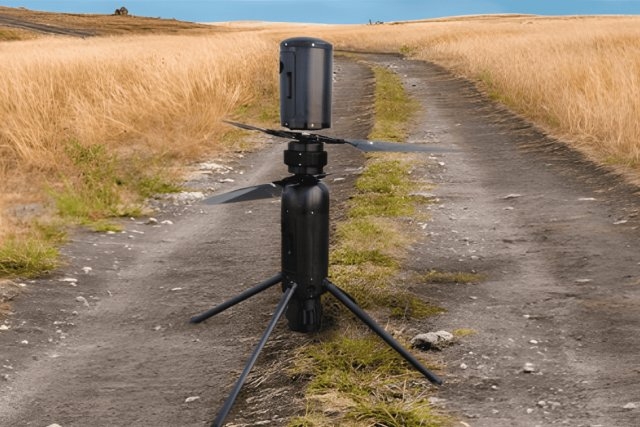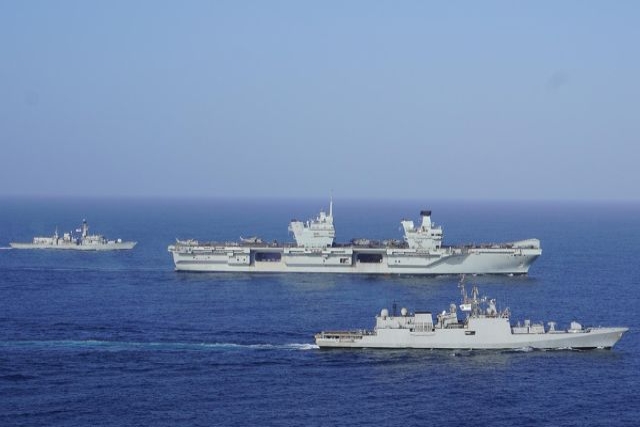First Ever Shooting Down of a Cruise Missile By F-35
Israel confirms interception of an enemy cruise missile using a missile fired by the F-35I Adir
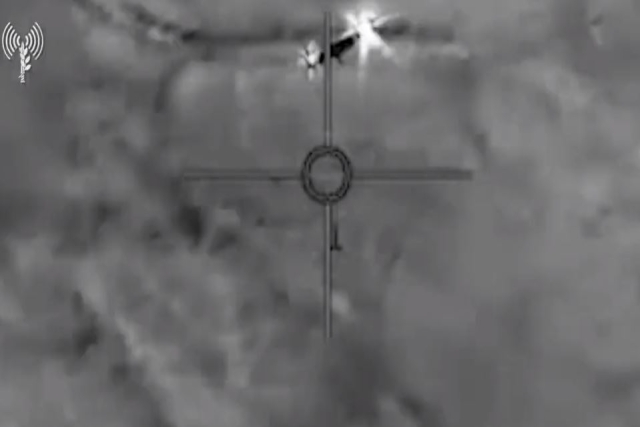
In a historic milestone, the Israel Defense Forces (IDF) announced on November 2 that an F-35I Adir fighter jet successfully intercepted a cruise missile, marking the first known use of the American-made stealth fighter for this purpose.
The interception took place as part of a broader effort to defend Israeli airspace from increasing airborne threats originating from the south.
The IDF revealed the successful interception through their official social media channels, showcasing a video of the incident.
“In recent days, a cruise missile launched from the southeast toward Israeli airspace was detected by the IAF’s control and detection systems. After tracking the cruise missile’s trajectory, Adir fighter jets were scrambled and successfully intercepted the missile,” the IDF confirmed in its official statement.
Israeli defense systems detected an incoming cruise missile approaching Israeli airspace from the southeast, believed to have been launched by Iran-backed Houthi rebels in Yemen. The exact launch site and the specific missile utilized in the interception was not specified by the IDF.
The accompanying video in the IDF’s social media post displays footage captured, presumably from an F-35I's helmet-mounted display or Electro-Optical Targeting System. It clearly captures the moment when a missile, likely an AIM-9X Sidewinder infrared-guided missile, was launched at a jet-propelled cruise missile. The video shows the missile making a sharp left turn before successfully hitting the target, showcasing the AIM-9X's off-boresight engagement capabilities.
The missile's design appears similar to the Quds series of weapons used by the Houthi rebels.
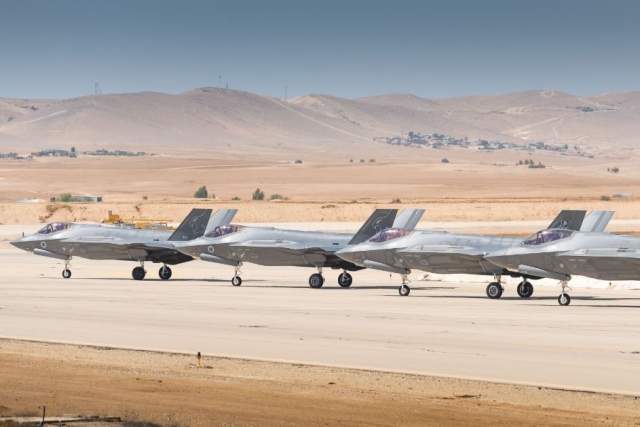
The Houthis themselves have released videos claiming to show the launch of cruise missiles and drones in retaliation for Israeli operations in the Gaza Strip. If the missile in question indeed came from Houthi-controlled areas in Yemen, it may have flown over the Red Sea to reach its target in Israel, possibly overflying Saudi Arabia, raising questions about why it was not intercepted earlier.
In addition to the cruise missile interception, the IDF's Arrow Aerial Defense System also intercepted a surface-to-surface missile in the Red Sea area on the same day.
This recent feat is not only the first known use of an F-35 to intercept a cruise missile but also underscores the importance of Israel's multi-tiered air defense strategy, which spans from the southern to northern regions of the country. This defense network is designed to counter a wide range of potential threats.
Israel is buying more F-35s
The F-35I Adir fighter jets, Israel's variant of the F-35, were declared operational in 2017 and were first used in combat in 2018. The recent success marks a significant development in their capabilities. Israel has also signed a deal to purchase an additional 25 F-35 aircraft, aiming to eventually possess 75 of these fifth-generation fighters.
